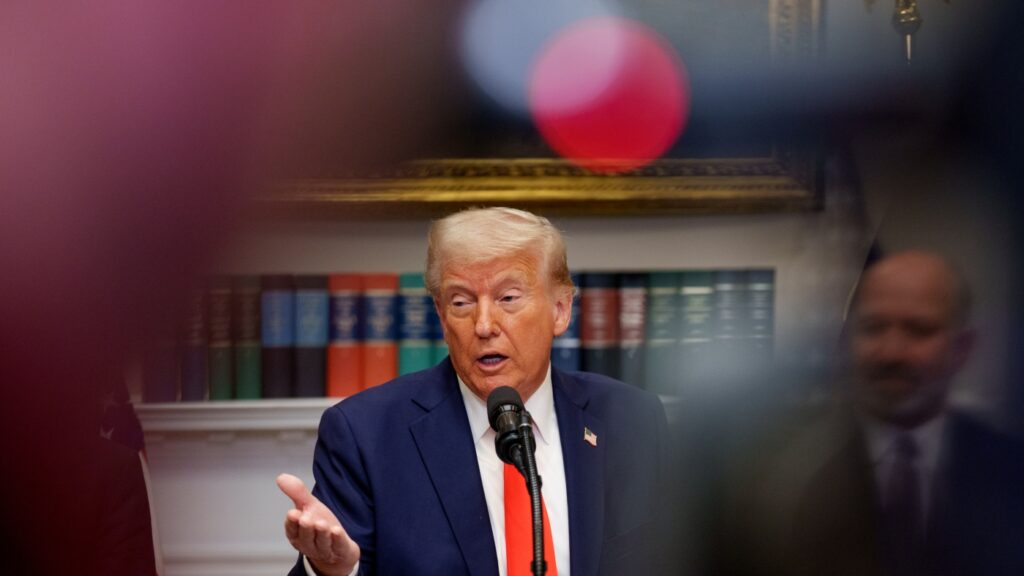In a move that has escalated trade tensions and sent global markets into a tailspin, President Trump implemented new tariffs that have sparked retaliatory measures from China and Canada. The tariffs include a 25% levy on most imports from Canada and Mexico, with an additional 10% tariff on Canadian energy exports, and a hike in tariffs on Chinese goods from 10% to 20%. In response, Beijing announced additional tariffs on various U.S. agricultural imports, while Canadian Prime Minister Justin Trudeau imposed immediate 25% tariffs on over $20 billion worth of U.S. imports, with more tariffs on the horizon.
President Trump defended the tariffs as a response to issues like fentanyl trafficking and aimed to incentivize businesses, including car manufacturers, to relocate their production to the United States. The market reacted swiftly to the tariffs, with Asian markets and Wall Street experiencing significant declines. Despite speculation and shifting deadlines, Trump remained firm on the tariffs, stating there was no room for negotiation with Mexico or Canada.
During an event with Taiwan Semiconductor Manufacturing Co (TSMC), Trump affirmed the tariffs, leading TSMC to announce a $100 billion investment in semiconductor plants in Arizona. This decision was influenced by the threat of tariffs on semiconductor imports. The situation remains fluid, with trade tensions at a high, impacting economies and markets worldwide.

